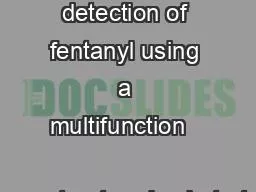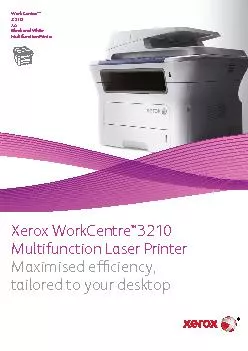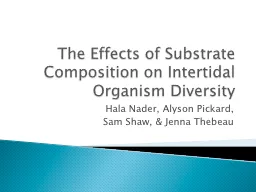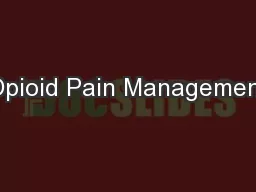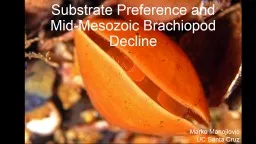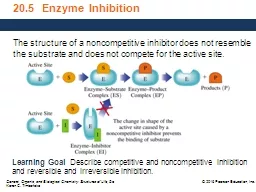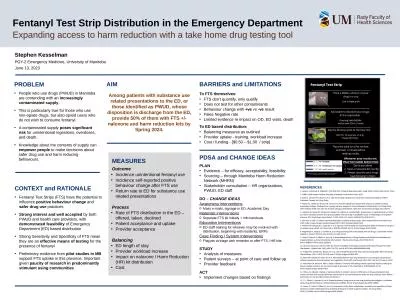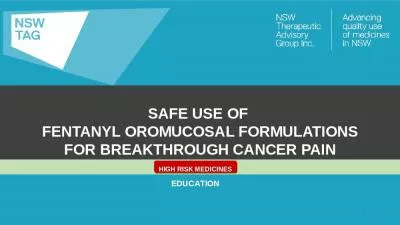PPT-Rapid detection of fentanyl using a multifunction nanostructured substrate
Author : imetant | Published Date : 2020-08-29
Senior Design Team sddec1907 Olouwole EtekaKossi Egla Zheyuan TangUgerah AbaluHao WangYifu Zhang Advisor Dr Meng Lu
Presentation Embed Code
Download Presentation
Download Presentation The PPT/PDF document "Rapid detection of fentanyl using a mult..." is the property of its rightful owner. Permission is granted to download and print the materials on this website for personal, non-commercial use only, and to display it on your personal computer provided you do not modify the materials and that you retain all copyright notices contained in the materials. By downloading content from our website, you accept the terms of this agreement.
Rapid detection of fentanyl using a multifunction nanostructured substrate: Transcript
Download Rules Of Document
"Rapid detection of fentanyl using a multifunction nanostructured substrate"The content belongs to its owner. You may download and print it for personal use, without modification, and keep all copyright notices. By downloading, you agree to these terms.
Related Documents

